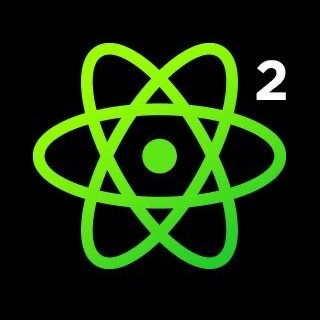Every business today is a software business. Software is made of code. And code is meant to be improved. Yet developers get stuck reactively monitoring, investigating, and debugging code to fix issues. They lose too much time manually searching through logs, APM, and observability tools. Instead, they could be using that time to innovate. In this workshop, the participants will be introduced to the continuous code improvement platform that can help them see errors in real-time and gives them the tools needed to automate how they respond. Participants will learn how to instrument Rollbar's lightweight SDKs into their applications to capture uncaught exception errors as they happen along with the surrounding context and details. Participants will walk away with complete visibility on every error in their application, coupled with all the important data needed to make resolution painless.
88 min
Deploying React Native Apps in the Cloud
WorkshopFree
Deploying React Native apps manually on a local machine can be complex. The differences between Android and iOS require developers to use specific tools and processes for each platform, including hardware requirements for iOS. Manual deployments also make it difficult to manage signing credentials, environment configurations, track releases, and to collaborate as a team.
Appflow is the cloud mobile DevOps platform built by Ionic. Using a service like Appflow to build React Native apps not only provides access to powerful computing resources, it can simplify the deployment process by providing a centralized environment for managing and distributing your app to multiple platforms. This can save time and resources, enable collaboration, as well as improve the overall reliability and scalability of an app.
In this workshop, you’ll deploy a React Native application for delivery to Android and iOS test devices using Appflow. You’ll also learn the steps for publishing to Google Play and Apple App Stores. No previous experience with deploying native applications is required, and you’ll come away with a deeper understanding of the mobile deployment process and best practices for how to use a cloud mobile DevOps platform to ship quickly at scale.
Appflow is the cloud mobile DevOps platform built by Ionic. Using a service like Appflow to build React Native apps not only provides access to powerful computing resources, it can simplify the deployment process by providing a centralized environment for managing and distributing your app to multiple platforms. This can save time and resources, enable collaboration, as well as improve the overall reliability and scalability of an app.
In this workshop, you’ll deploy a React Native application for delivery to Android and iOS test devices using Appflow. You’ll also learn the steps for publishing to Google Play and Apple App Stores. No previous experience with deploying native applications is required, and you’ll come away with a deeper understanding of the mobile deployment process and best practices for how to use a cloud mobile DevOps platform to ship quickly at scale.















Comments